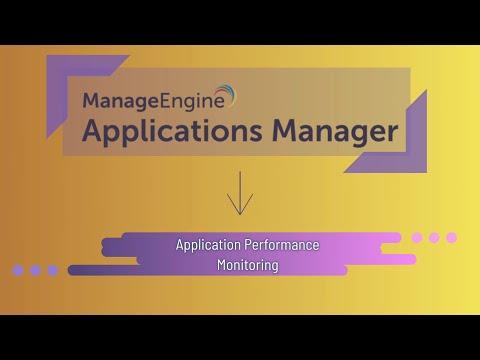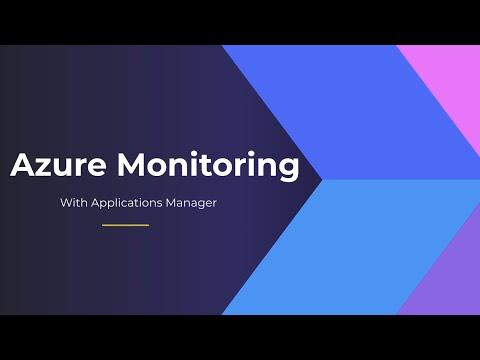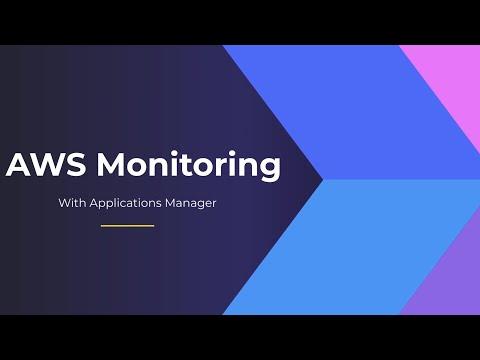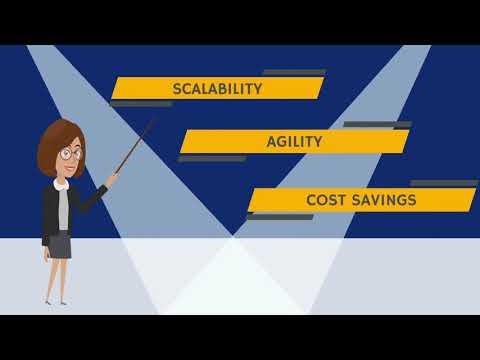Think back to the 1980s and 1990s, the early days of IT, when portable network analyzers were the talk of the town. These massive suitcase-sized analyzers might have been anything but portable, but they represented a simpler time when network analysis was merely temporary.
As network engineers soon realized, traffic demands would require a greater level of visibility, and network design required permanent data center rack solutions.
Forcing Portable TAPs to be Permanent
When the need for permanent network TAP (test access point) solutions emerged, some providers took their existing portable TAPs, stuck screw-on ears onto the box, put it in a rack mount and started calling it a data center solution.
This created a cabling nightmare when taking into account each copper gigabit TAP required two power sources (that's two power bricks for each portable network TAP that might be mounted in the data center). This might be acceptable if there was an isolated need for a TAP, but what about when there was a need to have 10, 20 or even more? Further, supporting numerous power cables resulted in the requirement of a power distribution unit, because plugging it into a Universal Power Supply wasn't an option.
HINT: When paying for a data center on the basis of space, cooling, and power consumption, try to avoid any infrastructure complications, and additional monthly charges.
Forget Portable
Whether you're building a new data center or upgrading an existing one, make certain you ask, "Why are you clinging to a portable network TAP variation or make-shift solution?"
Networking decision makers have relied on the idea of portable network TAPs for so long, they have grown accustomed to coping with make-shift solutions. So, while the mess of cables isn't all network administrators may have to contend with, they might also have to worry about power failure from accidentally unplugging a cable, or maybe even see the use of lithium batteries to ensure the power connectivity, but none of these are solutions, as they each introduce more problems.
It's Time to Forgo the Portable TAP Variations
Whether you're building a new data center or upgrading an existing one, make certain you ask, "Why are you clinging to a portable network TAP variation or make-shift solution?"
Data centers with extensive TAP needs require a chassis solution that can provide multiple TAPs in a 1U or 2U box; a modular chassis solution that can be built specifically for permanent data center placement and eliminates the cabling mess while providing reliable power to copper gigabit network TAPs.
The Latest
The 2024 State of the Data Center Report from CoreSite shows that although C-suite confidence in the economy remains high, a VUCA (volatile, uncertain, complex, ambiguous) environment has many business leaders proceeding with caution when it comes to their IT and data ecosystems, with an emphasis on cost control and predictability, flexibility and risk management ...
In June, New Relic published the State of Observability for Energy and Utilities Report to share insights, analysis, and data on the impact of full-stack observability software in energy and utilities organizations' service capabilities. Here are eight key takeaways from the report ...
The rapid rise of generative AI (GenAI) has caught everyone's attention, leaving many to wonder if the technology's impact will live up to the immense hype. A recent survey by Alteryx provides valuable insights into the current state of GenAI adoption, revealing a shift from inflated expectations to tangible value realization across enterprises ... Here are five key takeaways that underscore GenAI's progression from hype to real-world impact ...
As software development grows more intricate, the challenge for observability engineers tasked with ensuring optimal system performance becomes more daunting. Current methodologies are struggling to keep pace, with the annual Observability Pulse surveys indicating a rise in Mean Time to Remediation (MTTR). According to this survey, only a small fraction of organizations, around 10%, achieve full observability today. Generative AI, however, promises to significantly move the needle ...
While nearly all data leaders surveyed are building generative AI applications, most don't believe their data estate is actually prepared to support them, according to the State of Reliable AI report from Monte Carlo Data ...
Enterprises are putting a lot of effort into improving the digital employee experience (DEX), which has become essential to both improving organizational performance and attracting and retaining talented workers. But to date, most efforts to deliver outstanding DEX have focused on people working with laptops, PCs, or thin clients. Employees on the frontlines, using mobile devices to handle logistics ... have been largely overlooked ...
The average customer-facing incident takes nearly three hours to resolve (175 minutes) while the estimated cost of downtime is $4,537 per minute, meaning each incident can cost nearly $794,000, according to new research from PagerDuty ...
In MEAN TIME TO INSIGHT Episode 8, Shamus McGillicuddy, VP of Research, Network Infrastructure and Operations, at EMA discusses AutoCon with the conference founders Scott Robohn and Chris Grundemann ...
Numerous vendors and service providers have recently embraced the NaaS concept, yet there is still no industry consensus on its definition or the types of networks it involves. Furthermore, providers have varied in how they define the NaaS service delivery model. I conducted research for a new report, Network as a Service: Understanding the Cloud Consumption Model in Networking, to refine the concept of NaaS and reduce buyer confusion over what it is and how it can offer value ...





